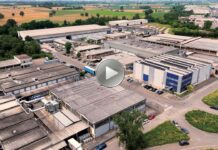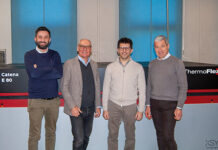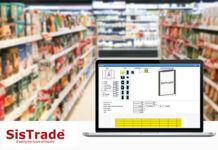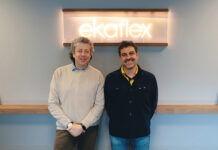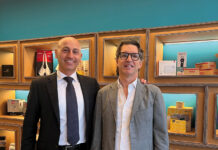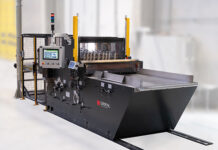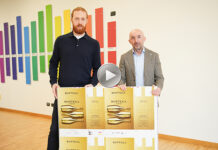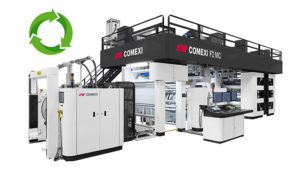 Comexi, a specialist in solutions for the printing and converting industry of flexible packaging, has reaffirmed its commitment to sustainability and the circular economy by joining CEFLEX (Circular Economy for Flexible Packaging). This initiative is a collaboration of over 160 European companies, associations and organizations which represent the entire flexible packaging value chain. As an objective, the consortium will towards ensuring that all flexible packaging in Europe is based on a circular economy before 2025. This will improve, through innovative design solutions, benefits which are identified by the collaboration of participating companies.
Comexi, a specialist in solutions for the printing and converting industry of flexible packaging, has reaffirmed its commitment to sustainability and the circular economy by joining CEFLEX (Circular Economy for Flexible Packaging). This initiative is a collaboration of over 160 European companies, associations and organizations which represent the entire flexible packaging value chain. As an objective, the consortium will towards ensuring that all flexible packaging in Europe is based on a circular economy before 2025. This will improve, through innovative design solutions, benefits which are identified by the collaboration of participating companies.
The circular economy is based on the use of resources and the reduction of raw materials, the optimization of materials and waste, and the use extension of material life. This model is committed to an environmentally friendly system that is based on prevention, reuse, repair and recycling, and extending the useful life of products, thus giving them a second life. “We fully identify with the principles that CEFLEX defends,” says Diego Hervás, CEO of Comexi, who stresses that the company has unfailingly been committed to seeking solutions which respond to more sustainable solutions in the flexible packaging market.
Comexi is aware that sustainability and recycling are gaining more and more interest and becoming more influential. The objective of a circular economy is no longer a mirage, but a perfectly distinguishable reality. In reference to tendency, end users want environmentally friendly solutions which include easily disposable materials. In respect to this, Comexi is committed to sustainable printing with the use of curable and water-based inks, thus improving the recyclability of packaging.
Furthermore, Comexi has designed two new and specific technical lamination solutions which offer sustainable solutions without sacrificing any properties of existing materials and maintaining client demands. These solutions were created as a response to the two principal trends of sustainability: the use of mono-materials and the use of paper for low barrier applications.
Regarding mono-materials, successful efforts have been made to improve state-of-the-art solvent-free adhesive applications and optimize stress management. In reference to paper, the application of barrier coatings has been one of the primary focuses through the gravure carriage with a pressurized feeding system, being that it is especially designed for this type of application.
Circular Economy for Flexible Packaging
CEFLEX was launched in 2017 within the framework of the Interpack show. Since this time, it has continued to grow and presently has brought together over 160 companies and organizations that represent the flexible packaging value chain: material producers; ink, coating and adhesive suppliers; film producers; flexible packaging converters; brand owners,, waste management companies; recyclers; extended producers responsibility organizations; and technology providers.
Before the end of 2020, regarding vision, CEFLEX aspires to develop and implement a roadmap for flexible packaging based on sustainability and the circular economy, including design guidelines, added value, and resource efficiency, among others. This roadmap will be accessible to the members of the consortium, as well as anyone who is interested in having this information.




